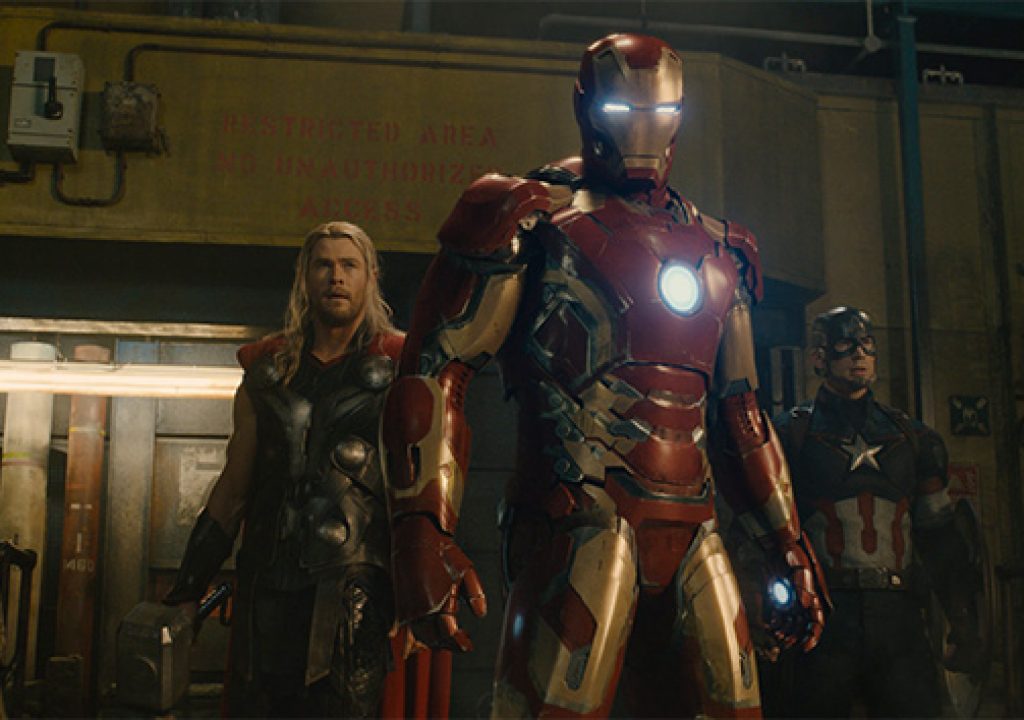Blackmagic cameras making an impact on Avengers: Age of Ultron and Mad Max: Fury Road.
The Blackmagic cameras continues to prove themselves over and over again. First, on Avengers: Age of Ultron and then for a single scene in Mad Max: Fury Road.
In Avengers: Age of Ultron the 2nd Unit shot extensively on the Pocket Cinema Camera. Joss Whedon’s highly anticipated sequel to “Marvel’s The Avengers” was lensed by cinematographer Ben Davis (“Guardians of the Galaxy”). According to Dave “Age of Ultron” featured an extensive amount of 2nd Unit work and he needed a small, high quality digital film camera for the film’s stunt sequences. “I was a big fan of what Anthony Dodd-Mantle had achieved on “Rush” using small camera platforms, especially when it came to mounting them in unusual places and the shots he was able to achieve,” he reveals. “I decided to get a Pocket Cinema Camera in for testing after bumping into a DIT friend of mine who’d recently purchased one, and was raving about it. For me, it was a no-brainer really, it was all about the latitude and size. Suddenly I had a small camera which not only output a 12-bit RAW image, but it also had the latitude that was getting up to and around the level of high-end digital cinema film cameras.”
through the air and we wanted to capture it landing on top of a car, we would put one of the Pocket Cinema Cameras in a small metal housing and put it in the car. Another instance involved mounting the Blackmagic camera to a tank, because we could literally strap it on the end of a magic arm and bolt it to almost anywhere we wanted it to be on the tank.”
Davis continues “When I got the Pocket Cinema Cameras in I thought they would be nice to have, however I ended up using these far more than I ever thought we would.” “The appealing thing about this camera is its size to quality ration. The footage is usable for a much longer cut time than previous incarnations of small camera platforms and so the camera does in fact become far more useful.”
So two big movies turning to Blackmagic cameras because of their size, dynamic range, and 12-bit color. Will we see even more Hollywood films using the Blackmagic Micro Cinema Camera, an even more mountable version of the Pocket Camera, in the future. Or will we see the Arri Mini take the place of the Cinema Camera when it comes to Movi rig? Either way, Blackmagic cameras are making an impact whatever set they’re used on.

